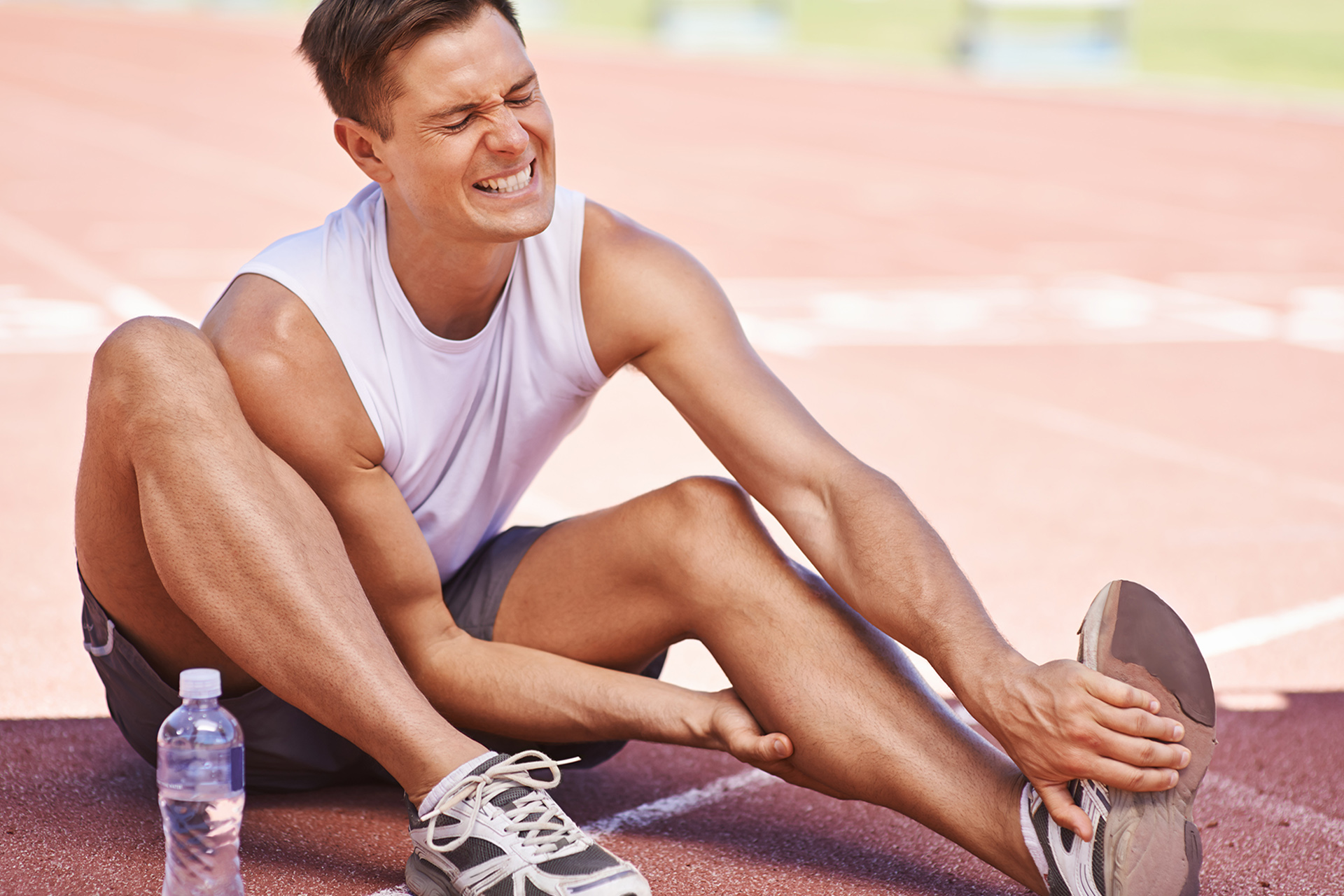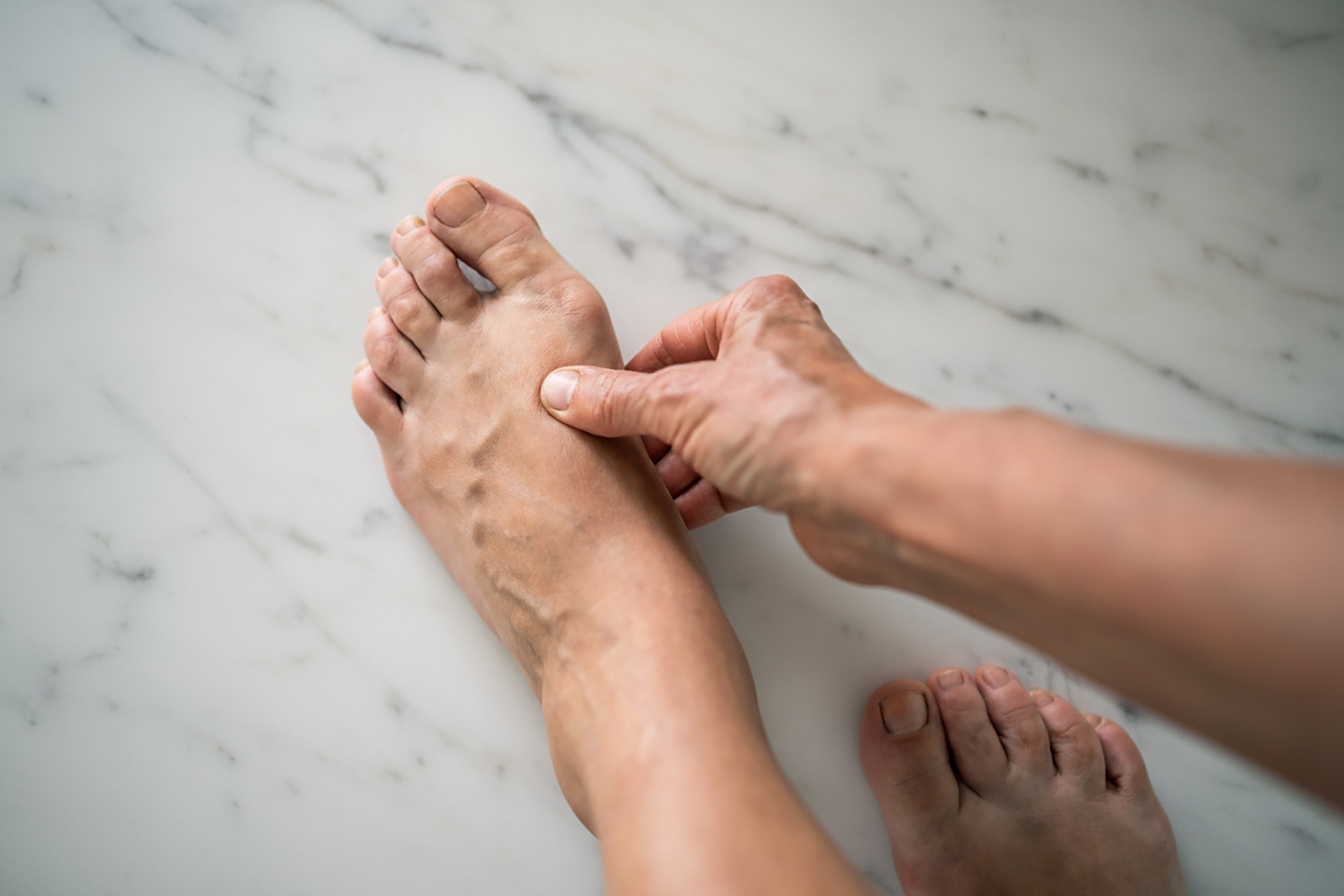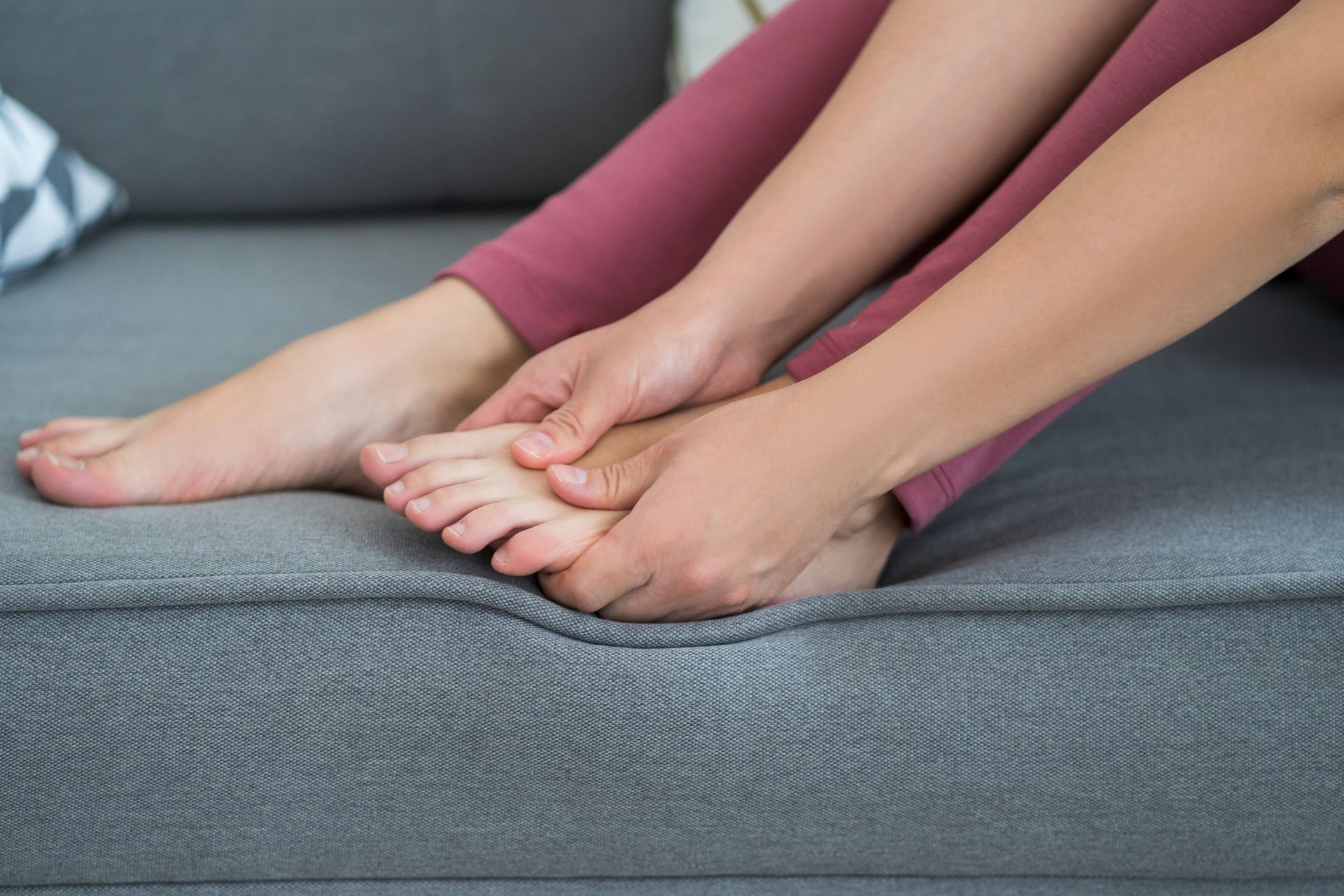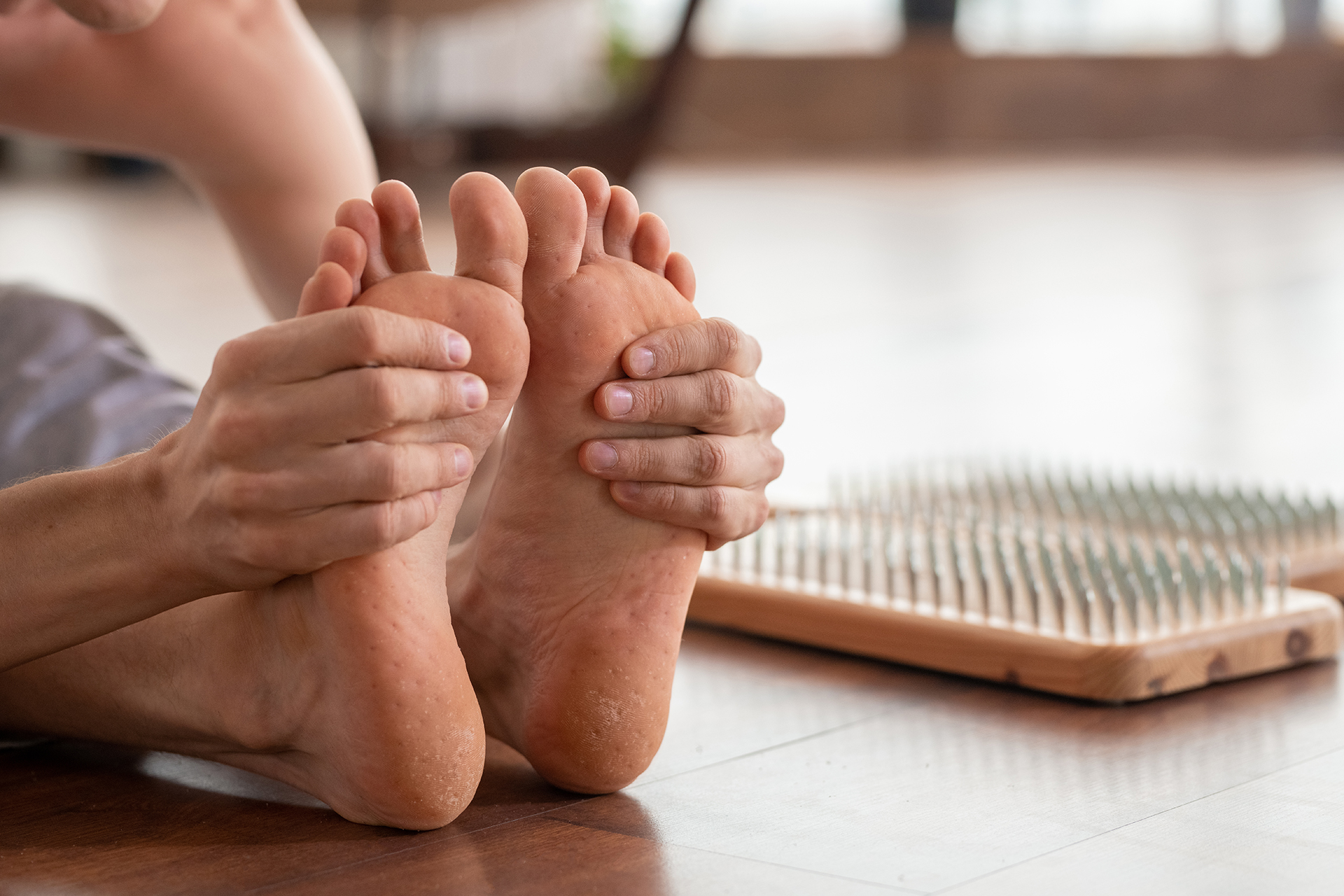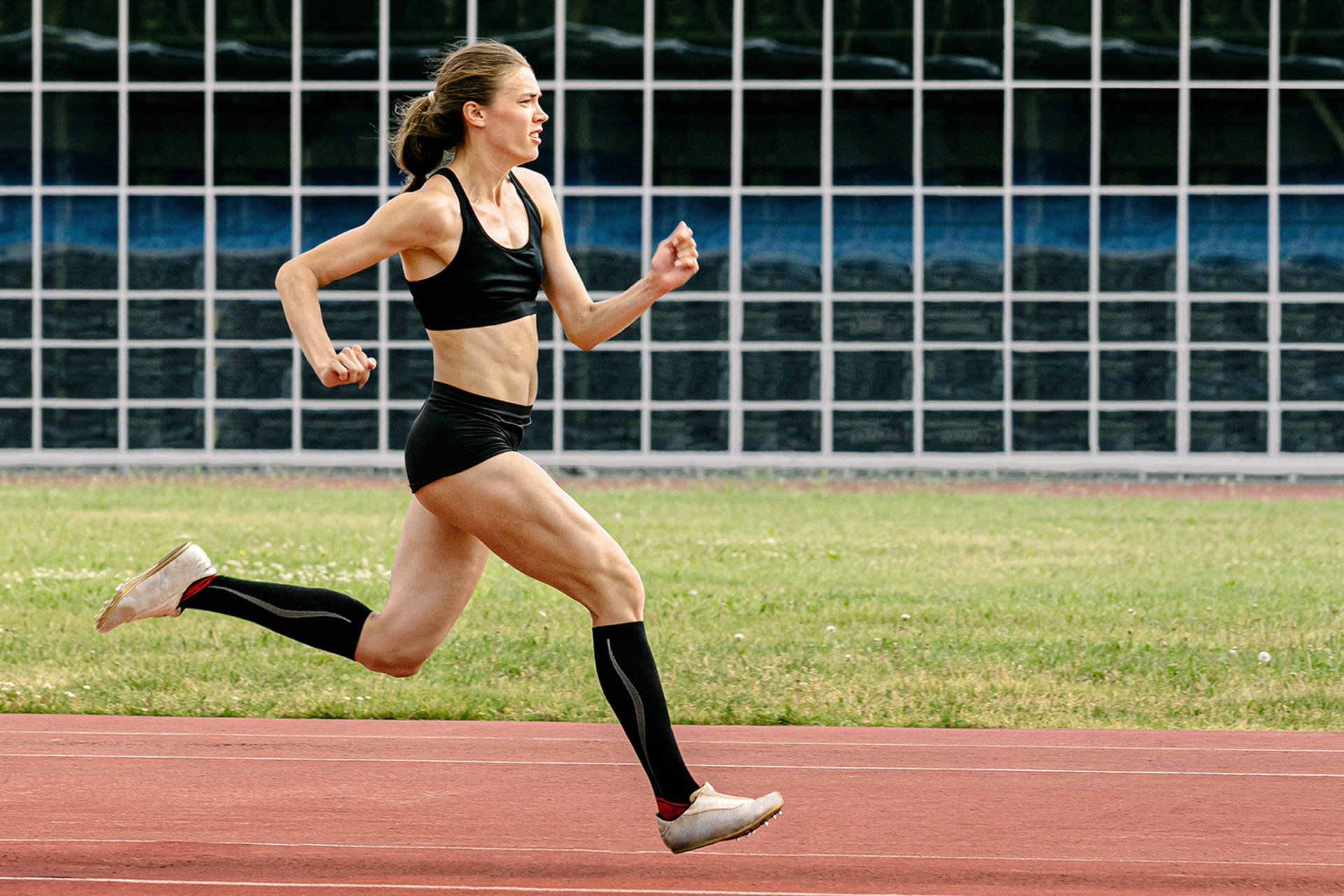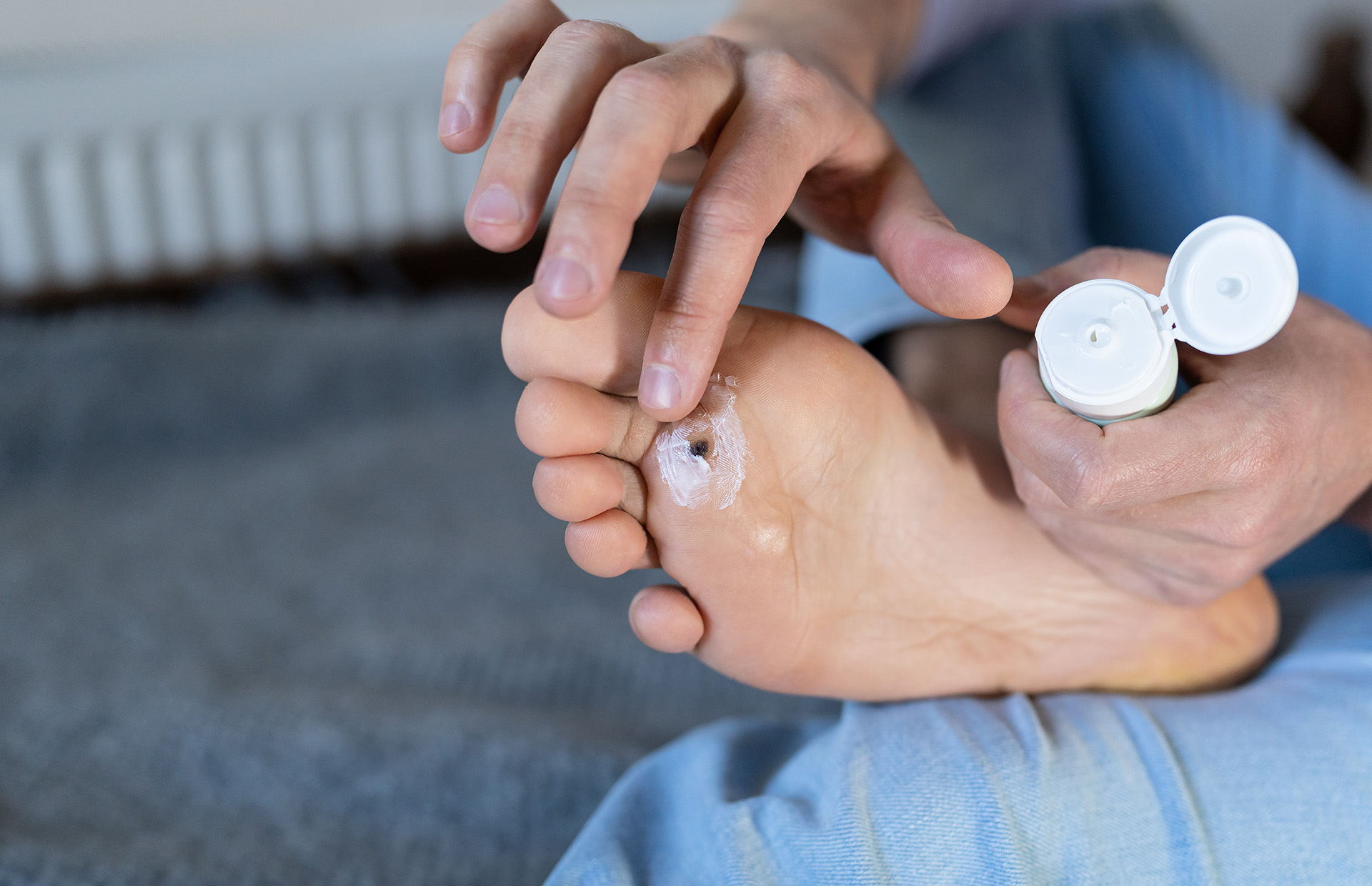There’s a special satisfaction in finishing a long, steady run – the rhythm of your breathing, the ache in your muscles and the quiet pride of having pushed through. It’s important that you don’t push through everything, though. While you may have that sense of achievement after a run, you may find it interrupted by an unwelcome companion: a sharp or throbbing pain in the heel, calcaneus pain. It’s more common than you may think, and it’s often a sign from your body that something in your movement mechanics isn’t quite right, such as wearing the wrong running shoes or having muscle imbalances.
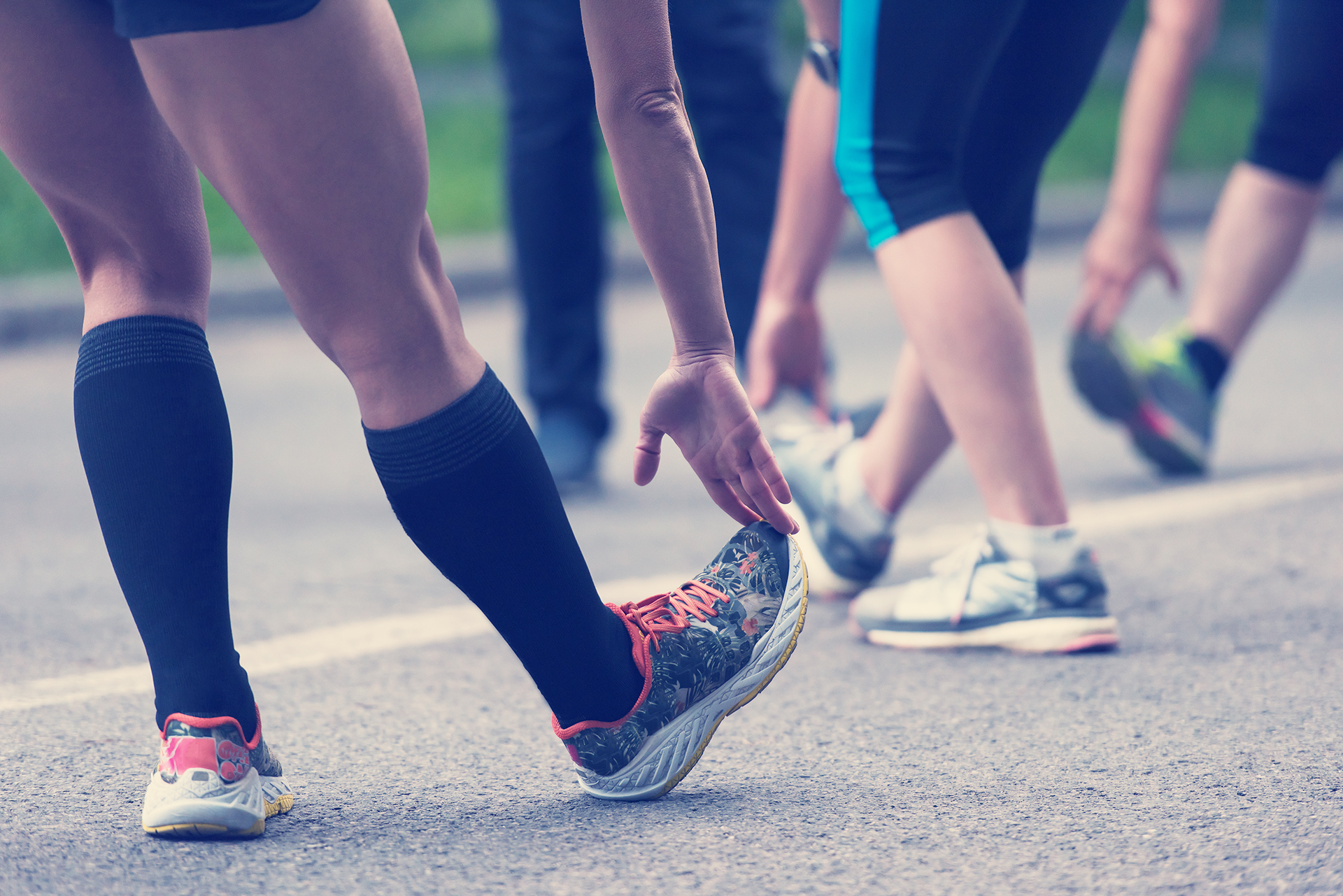
Understanding Calcaneus Pain When Running
The calcaneus, or heel bone, is the biggest bone in the foot. It absorbs the full impact of each stride and is central to your gait cycle, bearing repeated stress. Don’t dismiss it as a minor annoyance when pain develops, whether during your run or after. It could be a sign of plantar fasciitis, Achilles tendinopathy, calcaneal stress fractures, or bursitis. Each has different implications, and proper diagnosis is key to management.
One of the most common causes of calcaneus pain during running is repetitive strain on the heel and surrounding soft tissues. For recreational and elite runners, poor biomechanics, wrong shoes, and a sudden increase in training volume can all contribute to excessive loading of the calcaneus. When the heel absorbs more force than it can handle, microtrauma and inflammation may develop, often resulting in persistent discomfort that affects training and daily mobility. A proper diagnosis from a podiatrist is key to guiding effective management and a long-term resolution.
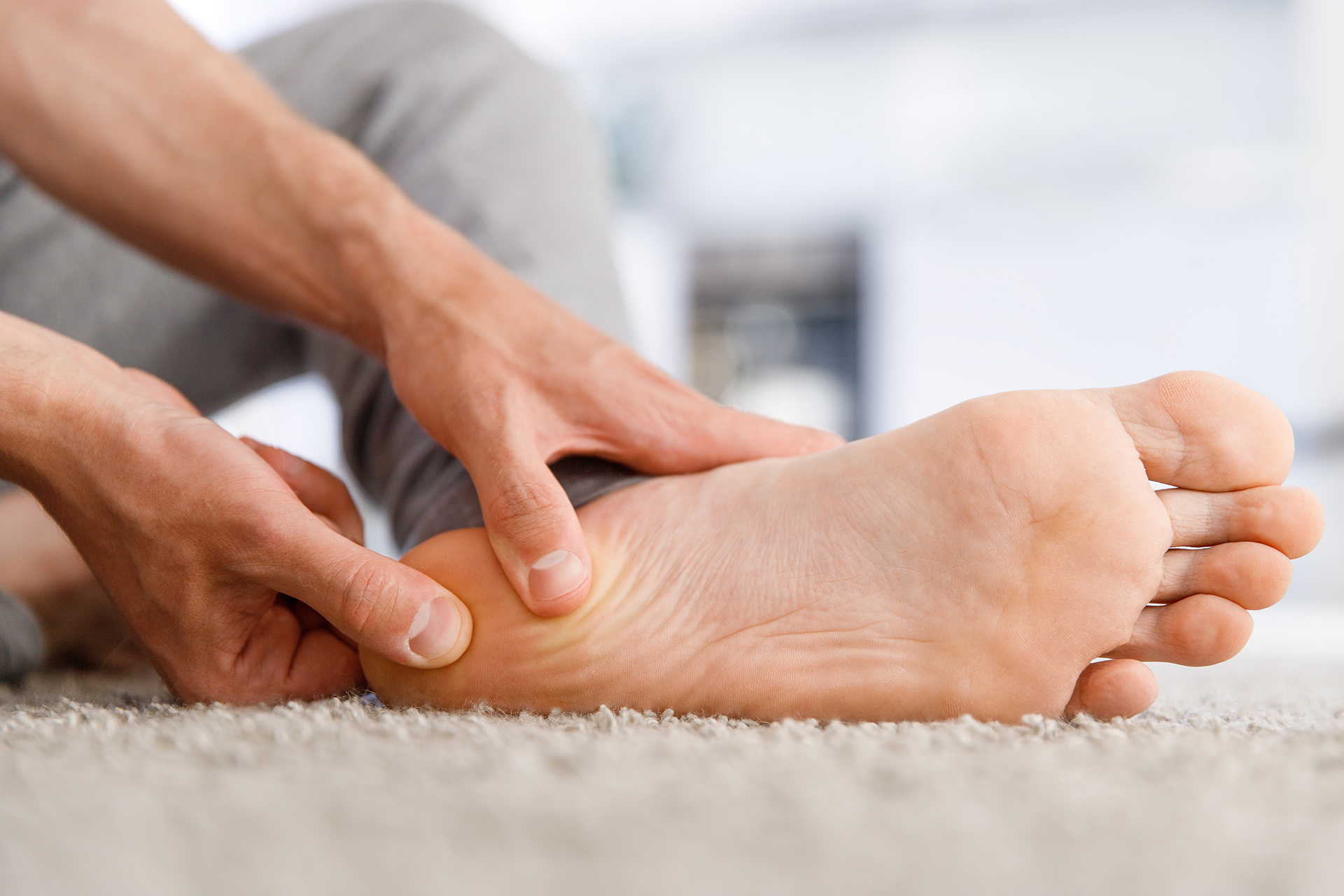
The Podiatric Perspective: Looking Beyond the Pain
At The Foot Practice, we know that calcaneus pain when running comes from more than the foot alone. It often results from how the whole kinetic chain, from hips to ankles, functions during movement. That said, foot mechanics also cause heel pain. Conditions such as overpronation, supination, flat feet or high arches can put abnormal stress on the heel and surrounding tissues, and increase the risk of inflammation and discomfort. Our podiatrists look beyond the surface-level symptoms to investigate the underlying causes through clinical assessments, detailed gait analysis and patient history.
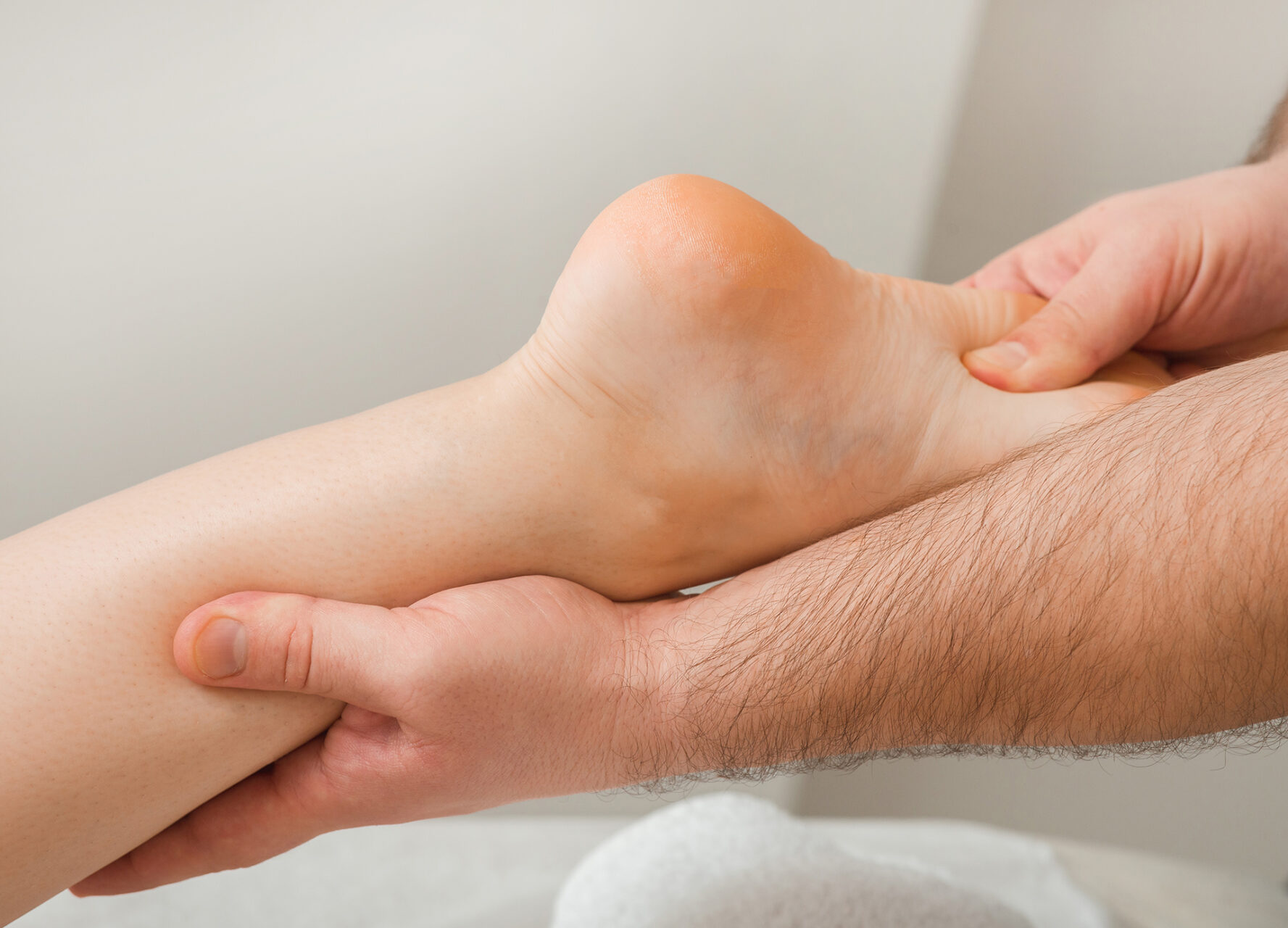
RehaWalk® in Modern Gait Analysis
One of the most valuable tools in this diagnostic and evaluative process is the RehaWalk® pressure sensor treadmill, which allows our team to analyse your stride with thousands of real-time data points. Unlike standard observation, this technology shows subtle imbalances in foot loading, weight transfer, muscular imbalances, ground reaction forces, and issues in the foot muscles. For runners with calcaneus pain after running, it can pinpoint exactly where the excessive stress occurs in the heel and why.
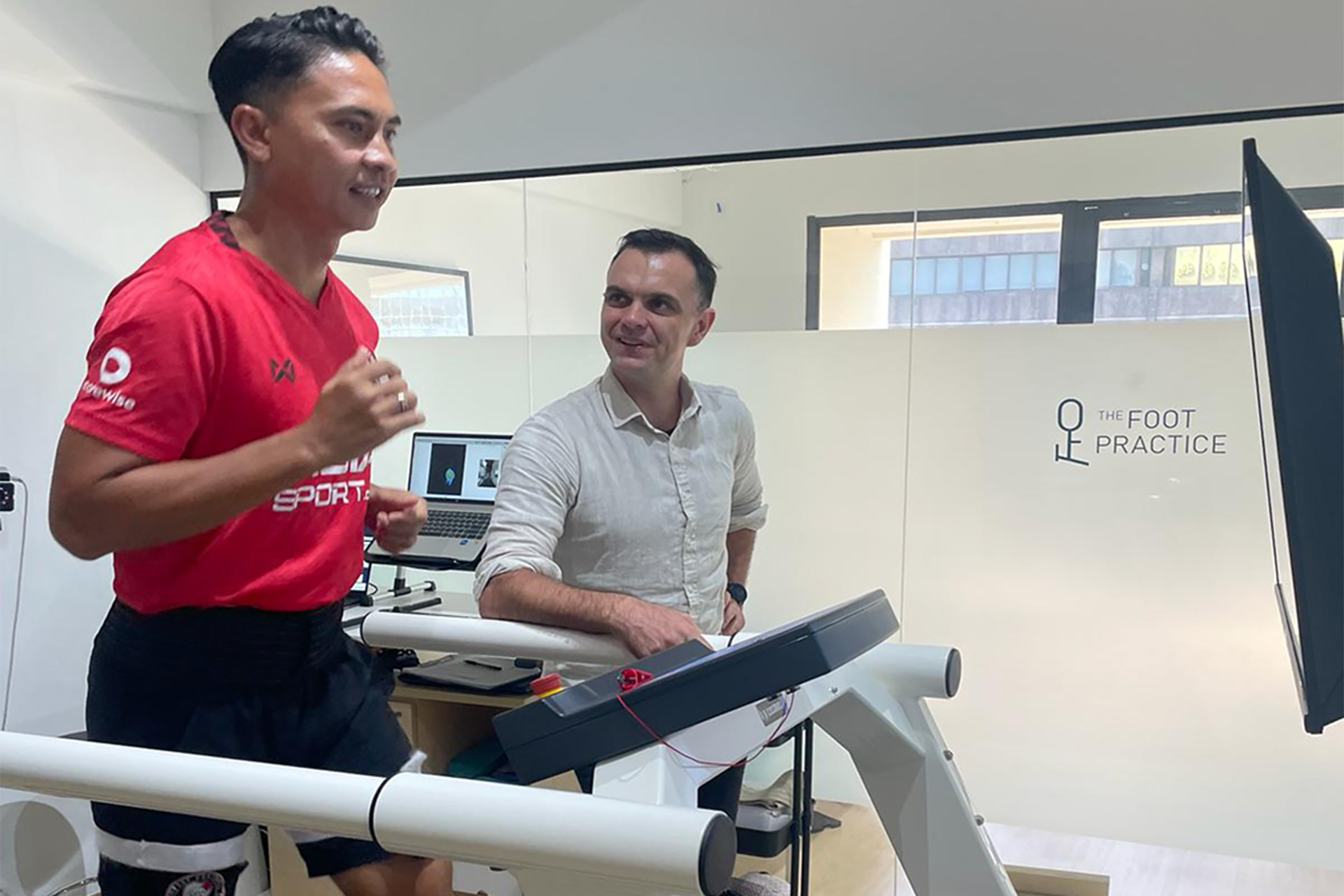
Footwear, Orthoses and Mobility
After your RehaWalk® pressure sensor treadmill gait analysis, podiatric interventions are highly individualised. A footwear assessment is often the first step. Many runners are surprised to learn that their go-to shoes have contributed to their heel pain. Shoes that lack adequate rearfoot cushioning, provide excessive heel lift, don’t match your foot type, lack arch support, or are worn out can increase the force the calcaneus absorbs with each step. At The Foot Practice, we assess how your footwear complements or conflicts with your biomechanics and recommend adjustments that support your foot during movement.
We may recommend custom orthoses if your gait pattern indicates structural imbalances or poor shock absorption. These are prescription devices tailored to your unique anatomy and movement, not off-the-shelf inserts. For heel pain, custom orthoses can offload stress from the calcaneus, realign joint mechanics, and optimise energy transfer. They are particularly effective when combined with targeted mobilisation exercises that restore normal foot function and reduce stiffness in surrounding structures.
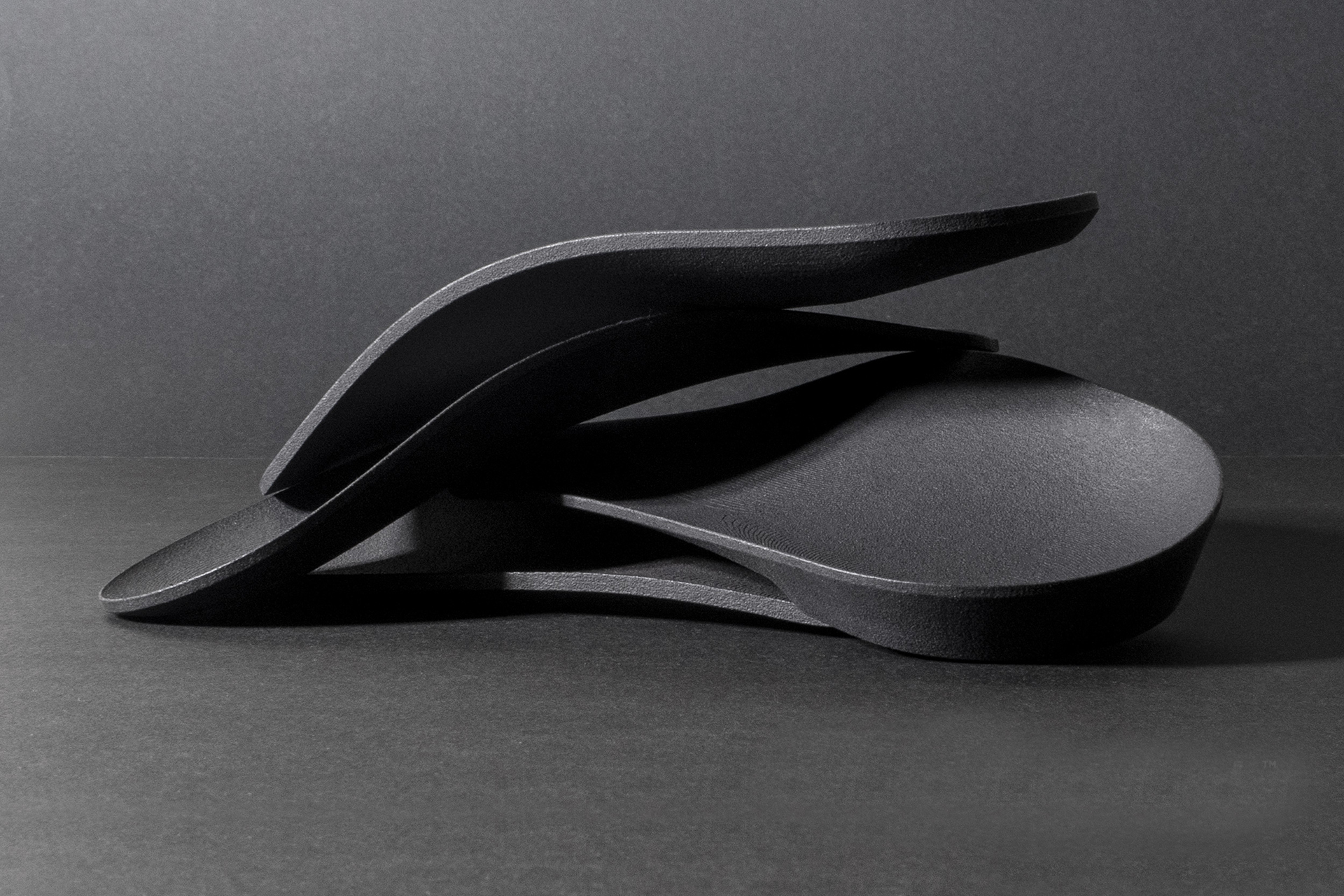
Mobilisation Exercises and Shockwave Therapy
Physical therapy can play a key role in a broader recovery plan. Mobilisation exercises and stretching routines prescribed by your podiatrist can alleviate tension in the plantar fascia, Achilles tendon and calf muscles, all of which may contribute to excessive load on the heel. Over time, these exercises and night splints also promote better joint mobility and muscular control and reduce the risk of recurrence.
When traditional measures don’t provide sufficient relief, especially for chronic heel pain, Shockwave Therapy offers an advanced noninvasive solution. This technology uses acoustic pressure waves to stimulate healing in damaged tissues and improve local circulation. Many runners with long-standing calcaneus pain during running report significant improvement in comfort and performance after several sessions of Shockwave Therapy.
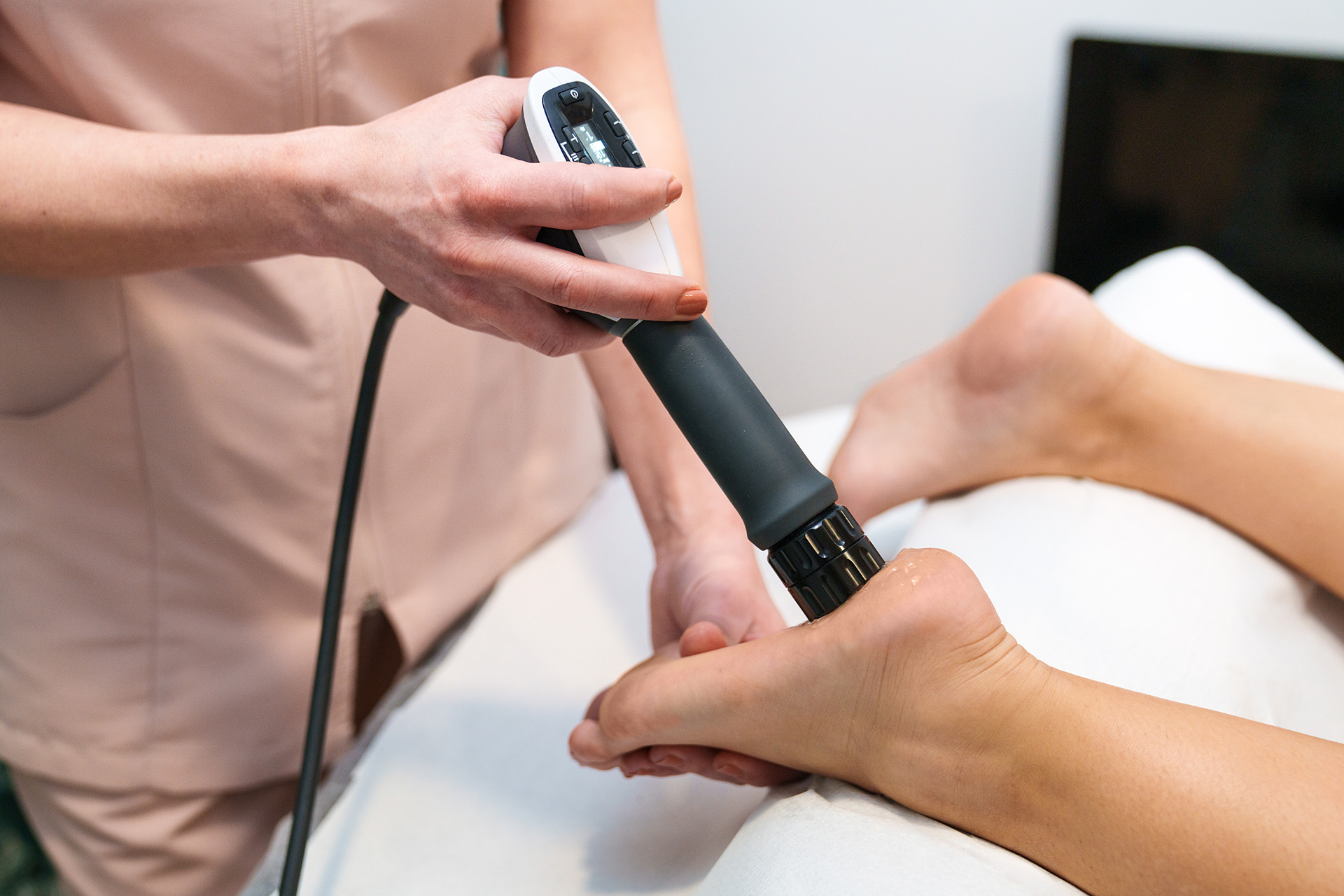
When to Consider Surgery
Surgery may be necessary in severe cases of heel pain. It can repair damaged tissues, remove bone spurs, or release tight tissues. However, surgery should only be considered after other treatment options have been exhausted. A healthcare professional can help determine if surgery is necessary and develop a treatment plan.
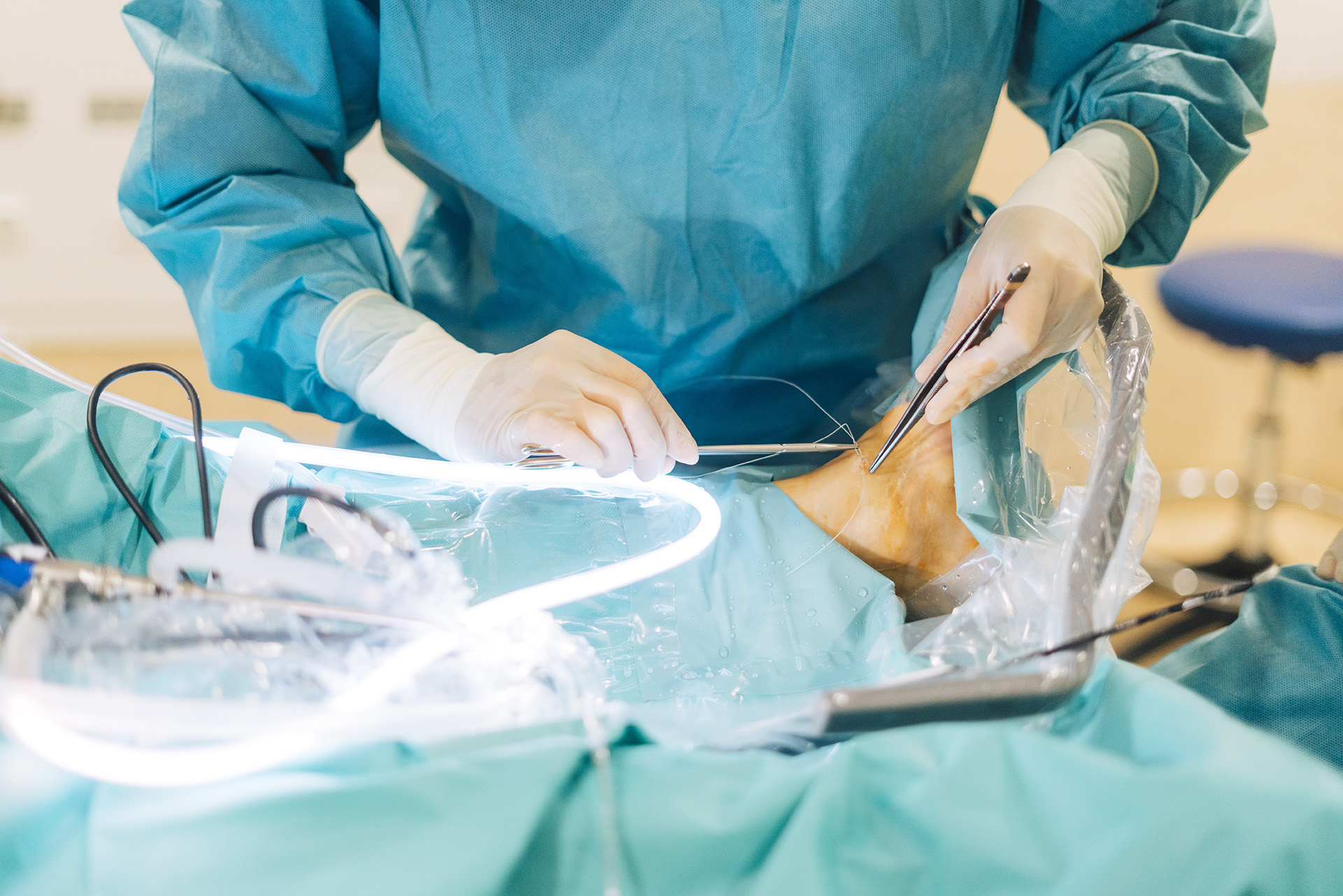
Early Intervention and Prevention
Calcaneus pain after running isn’t always caused by one factor. More often, it combines poor footwear choices, biomechanical imbalances and overtraining. That’s why runners who rely solely on rest, ice, or temporary fixes find their symptoms return as soon as they start running again. Without addressing the underlying mechanism, the cycle of pain and re-injury will continue.
Early intervention can make a lasting difference. If you’re experiencing heel pain that worsens during or after your runs, a podiatric assessment offers a proactive way to prevent long-term damage. A podiatrist can intervene before the pain becomes chronic by identifying contributing factors such as leg length discrepancy, abnormal pronation, insufficient foot strength, or muscle imbalances. Following this assessment, we can offer you a customised intervention strategy to suit your needs best.
Even if you’re not injured, assessing your biomechanics is a smart investment in your performance and long-term mobility. Understanding how your body moves, addressing inefficiencies, and ensuring your footwear supports your stride can prevent calcaneus pain when running and related conditions like plantar fasciitis, Achilles tendinopathy, and joint pain in the knees or hips.
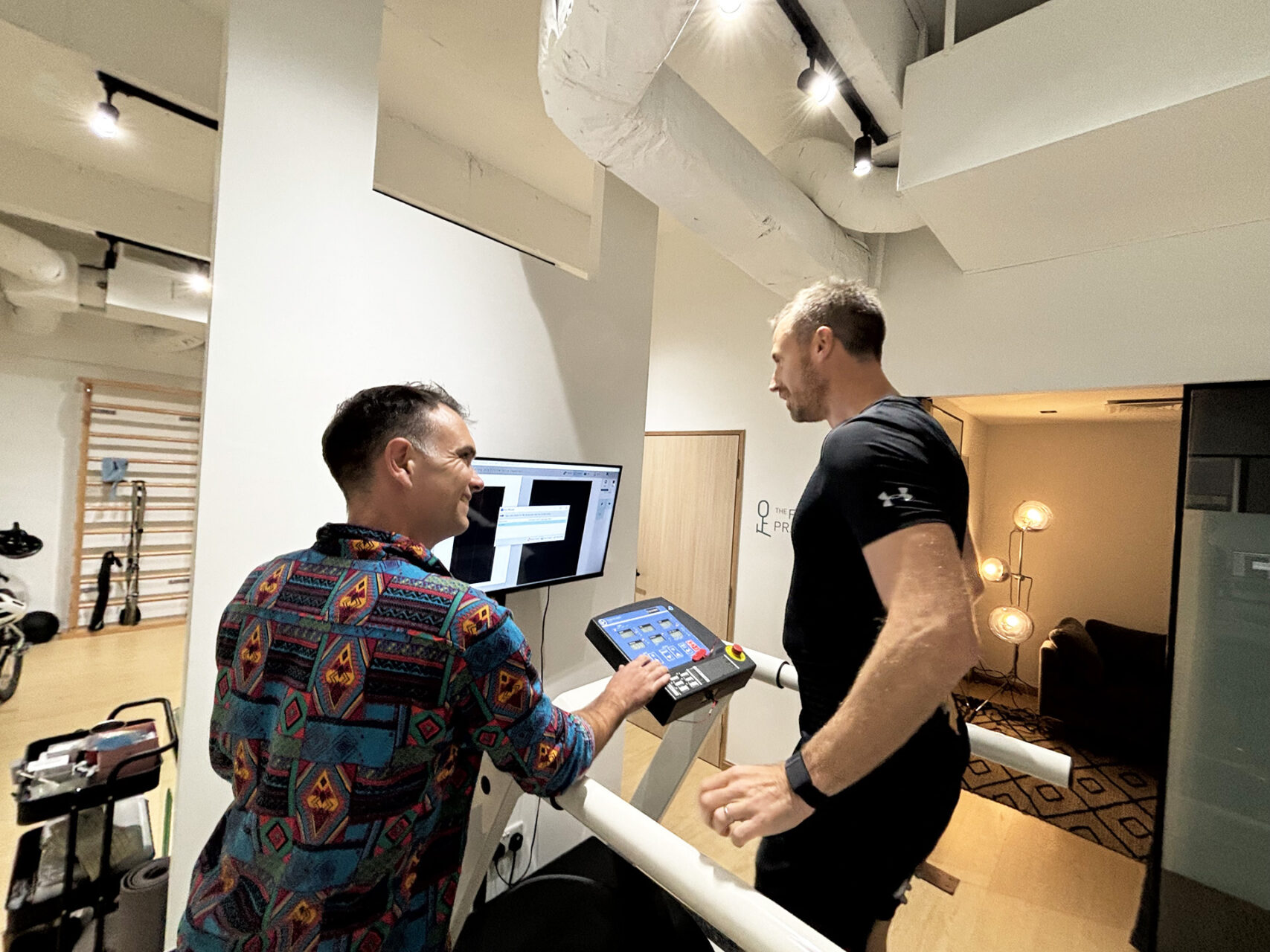
Take the First Step Toward Relief
At The Foot Practice, we want you to run comfortably. We work with each patient to ensure clinically effective interventions fit your training and lifestyle. We see runners as patients and partners in their recovery, providing the education and tools to maintain long-term foot health.
So, if you’re experiencing heel pain holding you back, don’t wait for it to sideline your goals. Contact The Foot Practice today to book a consultation. Let us help you identify the cause, design a custom management plan, and guide you toward lasting relief. Your next pain-free run might be closer than you think.

